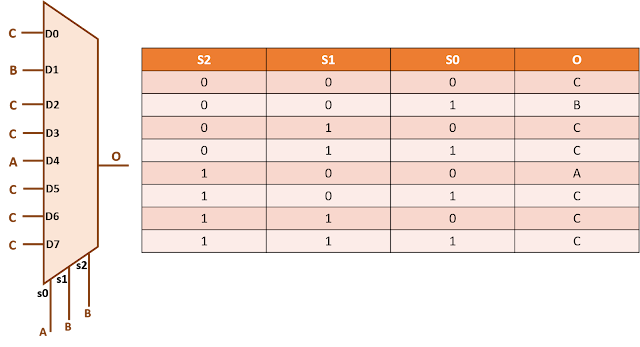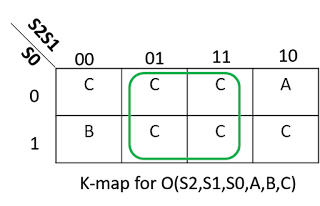Ever thought why it is expected for setup checks to be single cycle or zero cycle? Common sense prevails that the data launched at any instant is expected to be captured at the next available instant, forming a setup check. We will explain here with the help of an example of latch-to-reg and reg-to-latch path.
Why setup check for postive latch to positive edge-triggered register is full cycle: Figure 1 below shows the clock waveforms for a positive latch to positive edge-triggered flip-flop timing paths. Positive edge-triggered register samples data only on positive edges. In the below figure, those instances are either "Time = 0" or "Time = T". The output of latch can change anytime when it is transparent. The earliest it can change is at "Time = 0+". So, the next instant it can get captured at the register is "Time = T". This makes the default setup check for such paths. That is why setup check for positive latch to positive edge-triggered registers is full cycle.
 |
| Figure 1: Single cycle setup check from positive latch to positive edge-triggered flip-flop |
Why setup check for positive edge-triggered register to positive level-sensitive latch: Similar to the above case, figure 2 shows the clock wave-forms for positive edge-triggered flip-flop to positive latch timing paths. The flip-flop can launch data at either "Time = 0" or "Time = T". So, data will be available at its output at either "Time = 0+" or "Time = T+". The latch can capture the data at the same instant as it launched as it is transparent at that time. So, setup check is considered to be zero cycle in this case.
 |
| Figure 2: Zero cycle setup check from positive edge-triggered flip-flop to positive latch |
We need to note that the "from" and "to" edges in these checks denoted in text-books (or shown in timing reports by STA tools by default) are default setup and hold checks. The actual setup and hold check edges are what is represented by the state machine the timing path belongs to. It is possible to ovverride default check edges by command set_multicycle_path. I would recommend going through setup and hold - the state machine essenstials to have a deeper understanding of this concept. In other words, you could have made positive latch to positive edge-triggered flip-flop setup check as single cycle. But you would also have to modify the hold check in that case. Can you guess what it would be?





